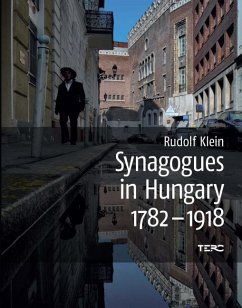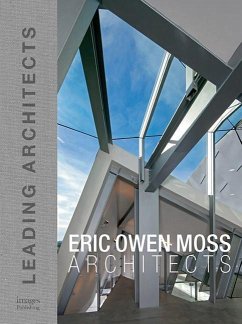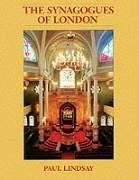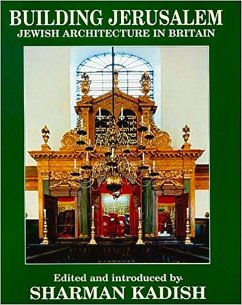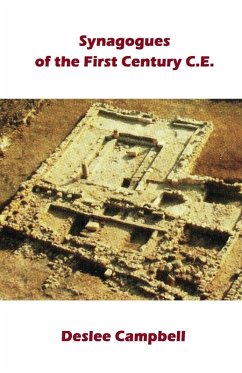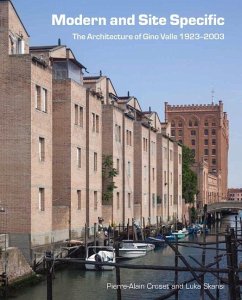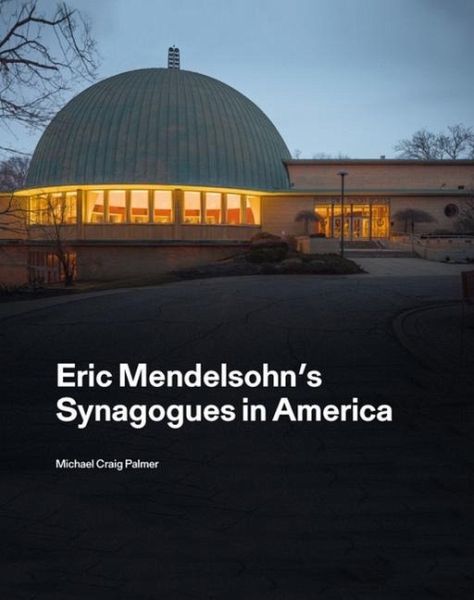
Eric Mendelsohn's Synagogues in America
Versandkostenfrei!
Versandfertig in über 4 Wochen
57,99 €
inkl. MwSt.

PAYBACK Punkte
29 °P sammeln!
Eric Mendelsohn planned seven synagogues, of which four were built, all in the Midwest. In this book, photographer Michael Palmer has recorded in exquisite detail Mendelsohn's four built synagogues: Saint Paul, Saint Louis, Cleveland and Grand Rapids.



